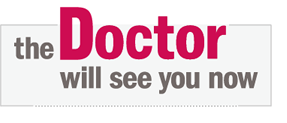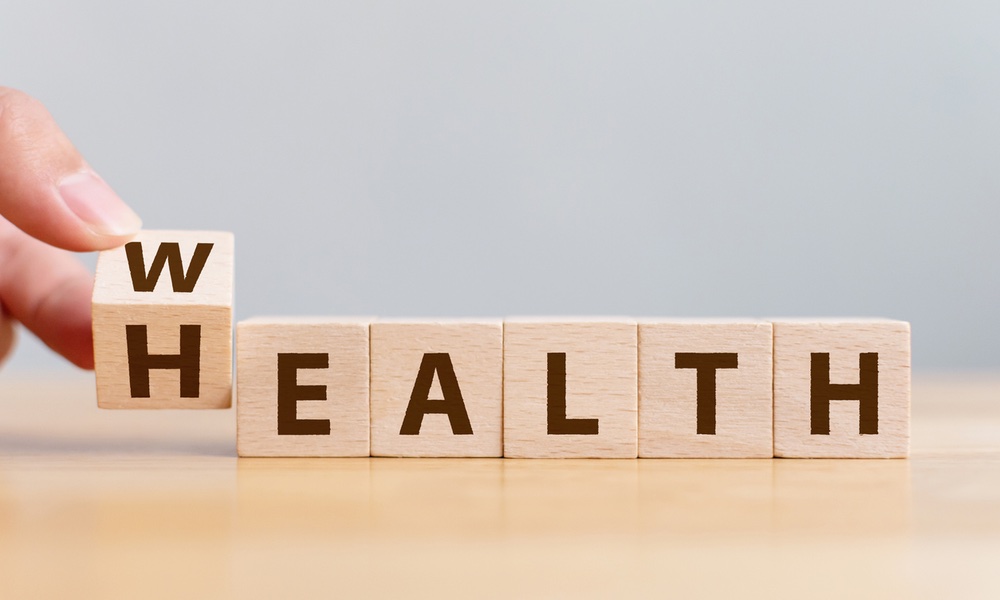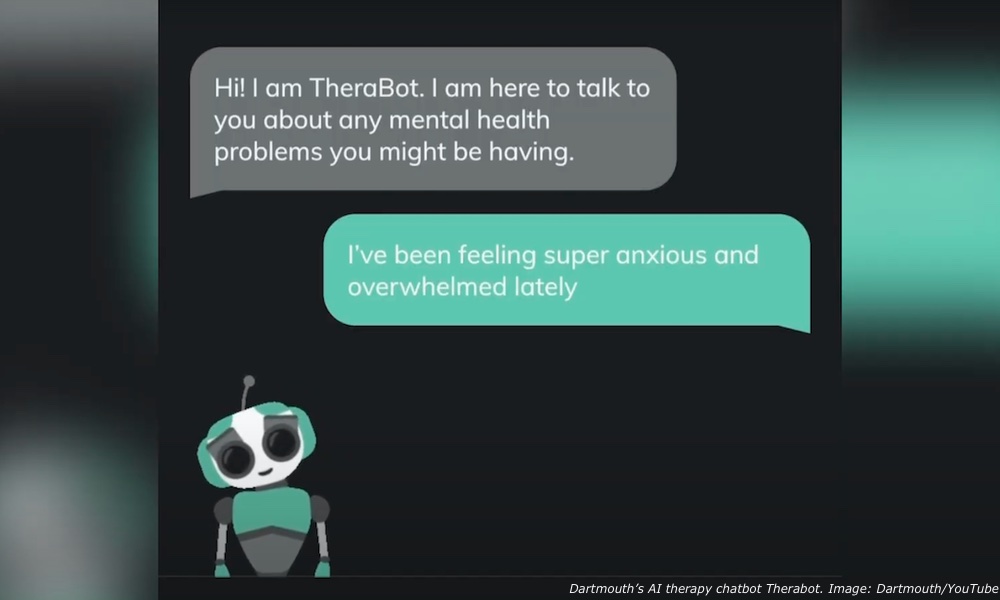Healthcare is expensive. It is especially expensive in the United States. The U.S. spent $12,555 per person on healthcare in 2022, the most recent data available, an outlay more than 55 percent higher than next place Switzerland's costs.
Why does American healthcare cost so much more than similar healthcare in Germany, France, Sweden, Belgium and, in fact, in every developed country?
The answer may surprise you. It's not the cost of medical care that's driving up the cost, a Yale University study shows, it's the price of the payouts needed to keep healthcare investors happy.The publicly traded health care companies spent 95 percent of their net income on dividend payouts to shareholders over the past 20 years, at an estimated cost of up to $2.6 trillion.
They focused on publicly traded companies and looked at how much money these companies returned to their shareholders in the form of dividends and share buybacks initated to increase the value of the shares.
These publicly traded health care companies spent 95 percent of their net income on dividend payouts to shareholders over the past 20 years, at an estimated cost of up to $2.6 trillion. “Funds are being distributed back out to shareholders rather than being put back into the health care system,” Dr. Cary Gross, senior author of the study and professor of medicine at Yale School of Medicine, said.
Much of the money for healthcare, however, is provided by taxpayers. It totaled $5 trillion in 2023. Approximately 70 percent of this sum comes from tax breaks for employer-based health insurance as well as direct funding via Medicare and Medicaid.
As their defense for the high cost for new medications, pharma companies have claimed that they have no choice but to pass the cost of research and development to consumers. But, lead author, Dr. Victor Roy, now an assistant professor of family medicine and community health at the University of Pennsylvania, explained that most of the profits from new medications went to shareholder payouts, rather than reimbursing the cost of development, which is often subsidized by the federal government.Most of the profits from new medications went to shareholder payouts, rather than reimbursing the cost of development, which is often subsidized by the federal government.
Overall, shareholder dividends increased 315 percent between 2001 and 2022 — a trend driven in part by 19 health care companies on the S&P 500. These companies accounted for 80 percent of the total payouts over this period.
“When shareholders expect greater payouts year in and year out, that has an impact on affordability,” Roy said. “One of the ways that [health care companies] make money is to keep prices high — or raise them.”
Unlike other sectors of our economy, such as the semiconductor industry, where companies receive government grants to manufacture and improve their products, lawmakers have never required that healthcare companies give anything back in exchange for receiving government support.
“Some might say, these are for-profit companies, so their goal is to make a profit,” said Gross. But “health care is a right, not a privilege. You can choose when to buy a car. You can't choose to have a heart attack. As costs of care keep rising, it's crucial to ask where our health dollars are going.”
The research letter on the study is published in JAMA Internal Medicine.





